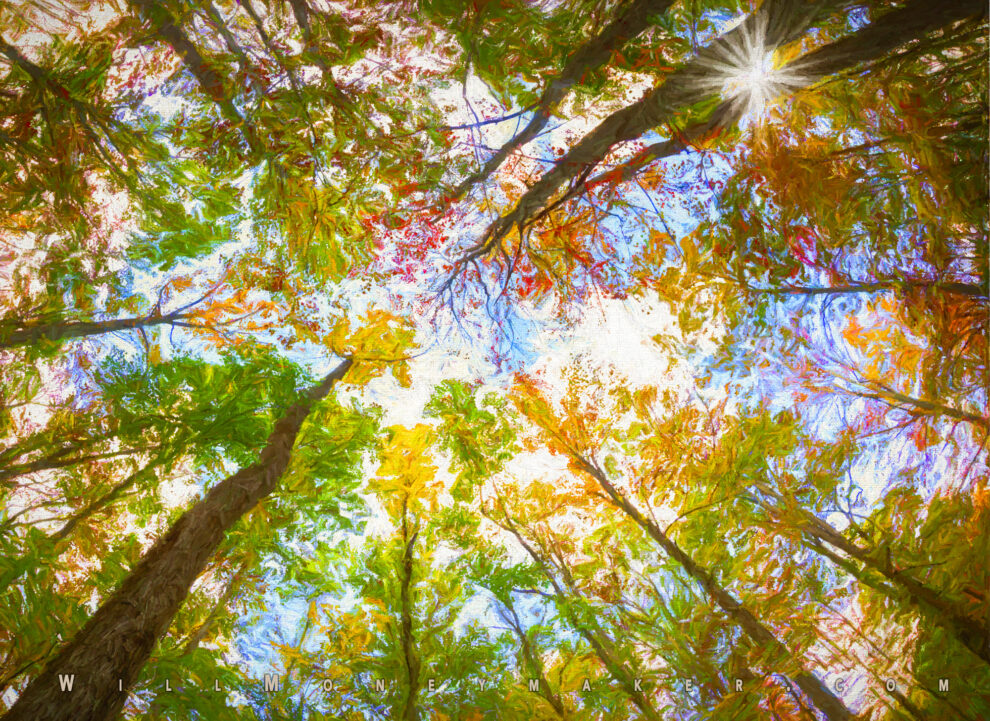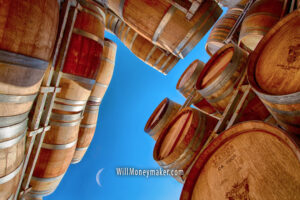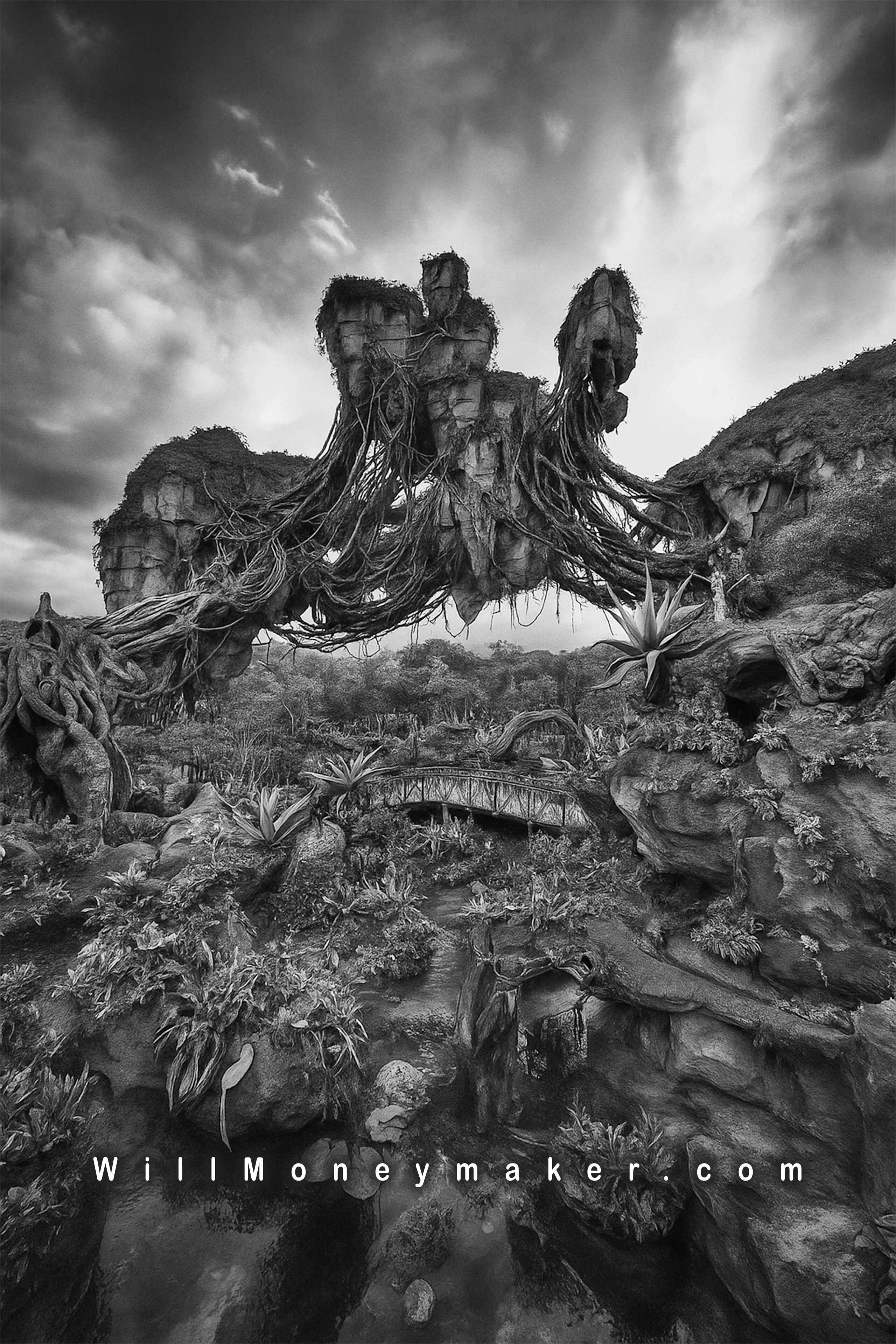Photography projects are how we perfect our art. I think that most of us have embarked on some kind of project, over the years. Maybe it’s a “Project 365,” wherein we attempt to take one photograph each day, or maybe the projects you’ve done are weekly or monthly. For many of us, our photography projects focus on storytelling or on a theme of some kind. The point is, photography projects are valuable — and they help build up our libraries of digital negatives, which means that when we aren’t taking photographs, we nearly always have image files that we can be processing.
There’s one other type of project that I’d like to recommend, one that is a great way for photographers of any level to really dig deep on a particular subject or theme. This project would be the artistic study.
What is an artistic study? This is an artistic tool that has been used by artists since at least the Renaissance. The great oil painters used the artistic study to get shape, form, angle, and composition right as a sketch before committing the work to oil. Look through the work of Leonardo da Vinci and you’ll find numerous studies of all different kinds. Sometimes, painters even use watercolors or create small oil paintings of their subjects just to make sure colors are right before committing the larger works to oil. Those creating frescoes will create studies in color, not only to get shape and composition right but to explore the colors of the final piece, too. Even sculptors will sometimes sketch studies of their subject material from a variety of angles so that they have drawings to work from as they sculpt the three-dimensional piece.
All of this is done for two reasons. Number one, it’s so that the artist can hone his or her talents. Secondly, artists use the study to familiarize themselves with their subject material and become adept at recreating it before committing to the larger work.
So where does the photographer fit into this? It’s true that we don’t have to draw, paint or shape our medium by hand in order to get shape and form just right. But, we can still use our cameras to create artistic studies of our subject material. For us, however, the process is a little bit different. Let me show you how to create an artistic study, then I’ll go into reasons why you might want to embark on a project like this.
How to Create an Artistic Study
Creating an artistic study starts with choosing a subject or a theme. Your subject could be a tree, a building, a person — anything at all. If you choose a theme, your study could be quite broad. For instance, you might choose to study the forest in its entirety, or you might choose to do a study of the four seasons to see how various scenes change as the climate changes. Before you embark on your study, choose a subject or a theme, then spend a little bit of time outlining your goals for the study. Those goals could be anything, from a desire to learn more about the subject material or the theme, to photographing until you find the exact right way to photograph a particular subject.
Why Create Artistic Studies?
There are many great reasons for photographers to do study projects. Number one, practice, practice, practice! For the photographer, there are a variety of ways to improve our art. Learning, reading, taking plenty of time to design interesting concepts are all ways for us to improve. Taking as many photographs as possible, which is something that a study can help you accomplish, is another way to improve our skills.
This is especially true if you’re creating dozens or hundreds of images of the same subject or theme. As you proceed on such a project, you’ll develop a vast library of images that you’ll be able to critically analyze. From there, you’ll get to know the most flattering angles for your subject, the ideal lighting to capture it in, the compositions that suit it best, and so on. This is knowledge that can not only be applied to the final images of your project, but to future photographic endeavors as well.
Another great reason to do a photographic study is that in doing the study, you’ll get to know the subject material closely. This is a function of spending so much time with the subject. You’ll see it in a variety of lighting, all types of weather and in a myriad of different situations. If your project theme happens to be broad in nature, such as a forest or the seasons of the year, then coming to know the subject is doubly important. Study it, take experimental photographs of it, and as you come to know all of its quirks, you’ll know better how to photograph it.
Finally, the act of taking photos, whether they are experimental or not, is potentially an act of creating art. As you’re learning about your subject material and honing your skills, there is a good chance that at least some of your experimental images will have art-worthy qualities to them. Just because an image is part of a study and not the culmination of the project itself doesn’t mean that you should disregard it’s potential. You may find that the act of creating a study will result in those winning images that you’d hoped to be taking at the completion of your project. If nothing else, you’ll have plenty of accompanying materials to work with if you decide to create a larger work, like a grouping of images or a book rather than a single image for display.
The photographic study is just one more tool in our creative arsenal. If you’re looking for a new way to improve your skills and create some art along the way, then this exercise might be ideally suited for you. A photographic study doesn’t necessarily have to be a long-term project — it’s something that can be done in the course of a week, a month, a year or whatever timeframe suits you. However you choose to go about it, you’ll certainly come away knowing more than you did before the start of the study.






